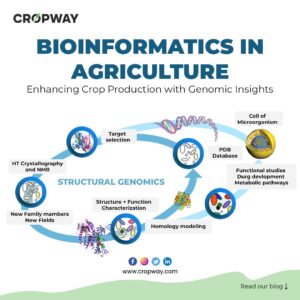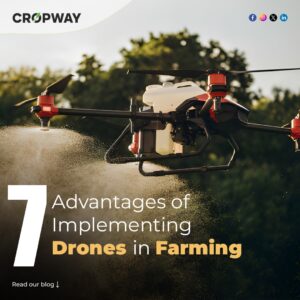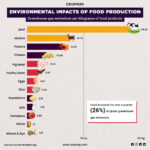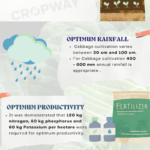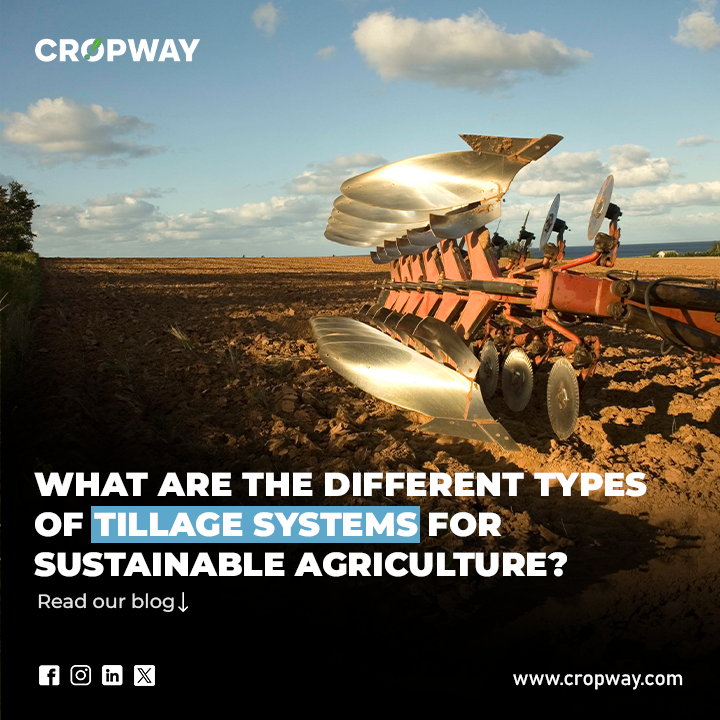
Tillage is an essential agricultural practice that involves preparing the soil for planting. Mechanical or physical manipulation of soil to provide a favorable condition for proper crop growth is called tillage. Tillage serves to eliminate weeds, cover crops, and perennials while burying weed seeds and crop residues that could host pathogens and insect seeds.
Tillage System
A tillage system encompasses a series of soil-manipulating operations for crop production, comprising tilling, planting, fertilization, pesticide application, harvesting, and residue chopping. The manner in which these operations are executed directly influences the soil’s physical and chemical properties, subsequently impacting plant growth and overall agricultural productivity.
Over the years, farmers have developed various tillage systems to suit different crops, climates, and soil types. Each system has its unique advantages and challenges. It facilitates the incorporation of soil amendments like fertilizer and animal manures.
Types of Tillage Systems
In conventional tillage, energy is often wasted and sometimes, soil structure is destroyed. There are two types of tillage systems namely A) Conservation tillage system including no-till, ridge till and mulch till systems and B) Other than conservation tillage systems namely a) reduced tillage system and b) conventional tillage system
Conservation tillage system
A conservation tillage system is characterized by covering 30% or more of the soil surface with post-planting crop residue to mitigate water erosion. Alternatively, it maintains a minimum of 1,120 kilograms per hectare of flat, small grain residue equivalent during the critical wind erosion period. This tillage system is classified into: a) no-till, b) ridge-till, and c) mulch-till. System
- No-till or direct seedling : Is a method engineered to eradicate tillage, employing a slit-cutting technique to place seeds. This approach minimizes disturbance to crop residue, allowing for one-pass planting across the field. It not only reduces erosion but also saves labor and fuel typically required for field preparation and crop planting.
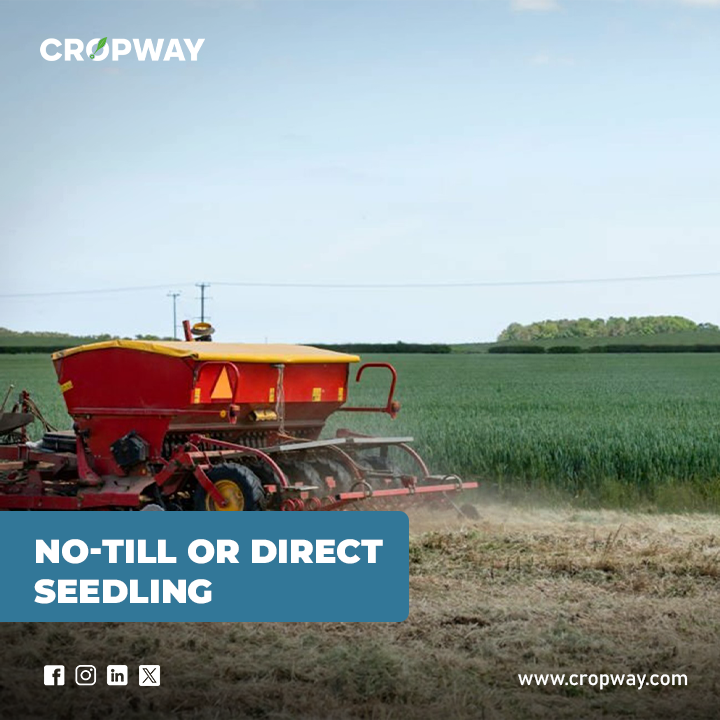
- Ridge-till: In this till, soil remains undisturbed from harvest to planting, except for nutrient injection. Planting occurs in a seedbed on ridges using sweeps, disk openers, coulters, or row cleaners. Crop residue is retained on the surface between ridges, while weed control involves herbicides and/or cultivation. Ridges are reconstructed during cultivation for optimal crop growth.
- Mulch-till: The soil is disturbed before planting. Tillage tools like chisels, field cultivators, disks, sweeps, or blades are employed in practices such as mulch-till, encompassing all conservation tillage methods excluding no-till and ridge-till. Within this category, zone-till and strip-till are prominent, involving the tilling of specific strips for seed and fertilizer placement.
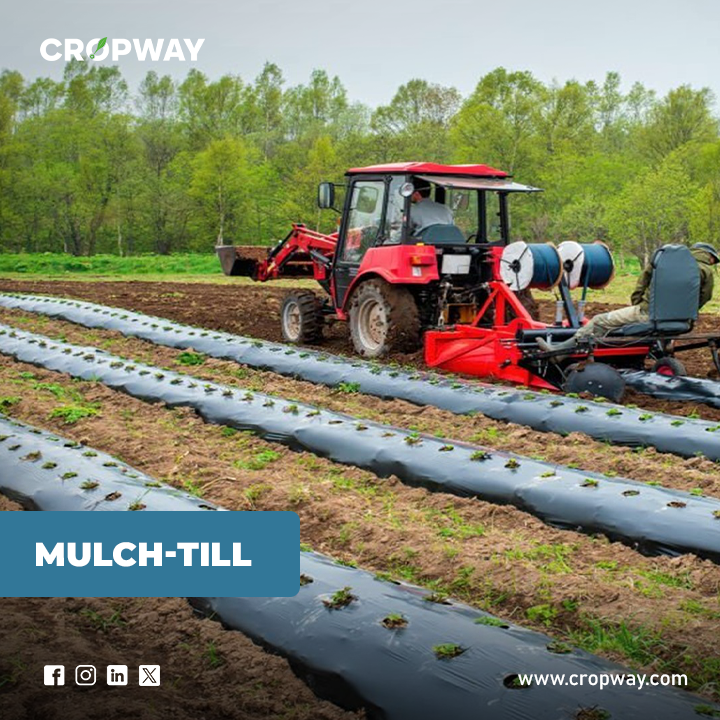
In zone or strip tillage, especially in high-residue or organic-rich and poorly drained soils, cool conditions can hinder seed germination. This method strategically incorporates crop residue within a narrow zone or strip where seeds are placed, preserving residue between planting zones. By removing the insulating layer, it accelerates soil drying and warming, fostering earlier seed germination.
Other tillage systems
Tillage systems with less than 30% post-planting crop residue are not considered conservation tillage. Yet, they can achieve erosion control goals with additional conservation practices like strip cropping, contouring, and terracing, ensuring sustainable land management.
- Reduced-till: Reduced-till systems leave 15-30 percent residue cover after planting or 560 to 1,120 kilograms per hectare of small grain residue equivalent throughout the critical wind erosion period.Reduced tillage minimizes soil disturbance compared to conventional tillage. This system retains more crop residues on the surface, promoting water conservation and preventing erosion.
- Conventional–till: Conventional tillage, often considered the traditional method, involves thorough soil disruption using plows and other mechanical implements. Conventional-till systems, characterized by less than 15% residue cover post-planting (below 560 kg/ha of small grain residue equivalent), often employ intensive tillage practices, increasing vulnerability to wind erosion. While effective in weed control, conventional tillage has drawbacks such as increased soil erosion, loss of organic matter, and soil compaction.
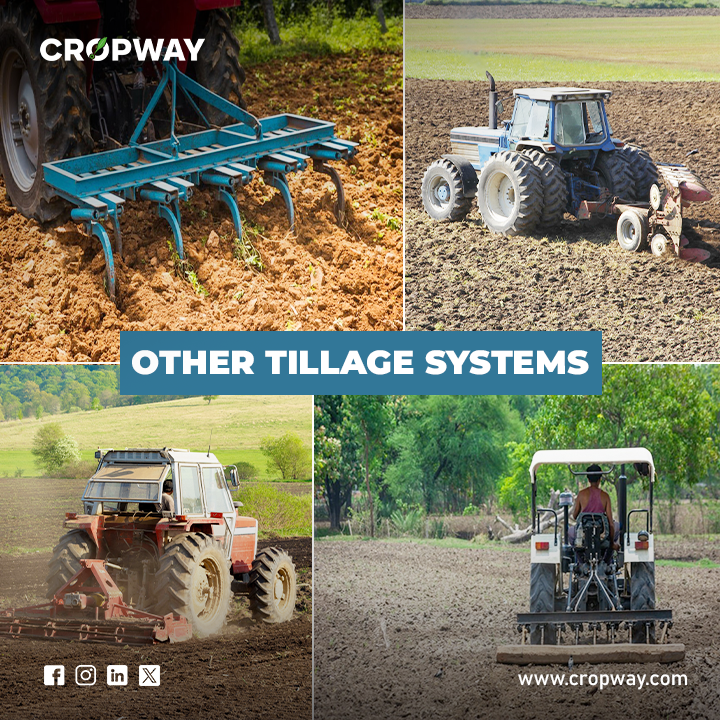
Conclusion:-
Each tillage system has its advantages and disadvantages, and the choice depends on factors such as soil type, climate, and crop rotation. The diversity of tillage systems reflects the ongoing efforts of farmers to balance the need for soil preparation with environmental sustainability. As we move towards more sustainable and environmentally friendly agricultural practices, the careful selection and implementation of tillage systems will play a crucial role in ensuring the long-term health of our soils and the success of our crops. Understanding the nuances of each tillage system empowers farmers to make informed decisions that contribute to the long-term health of their soil and the overall sustainability of agriculture.


